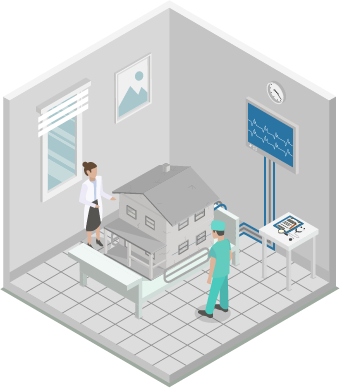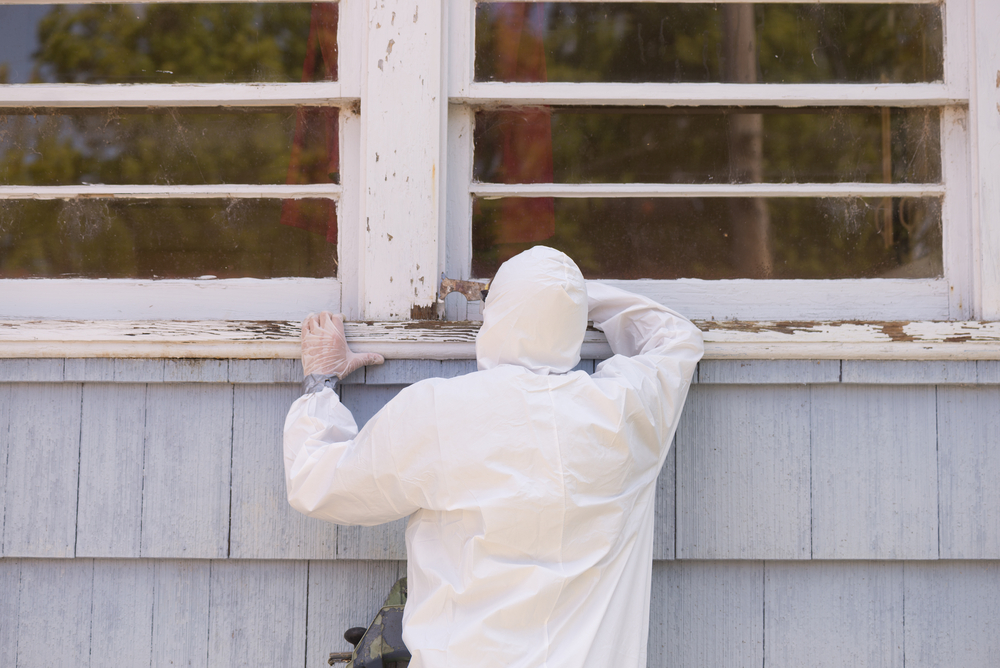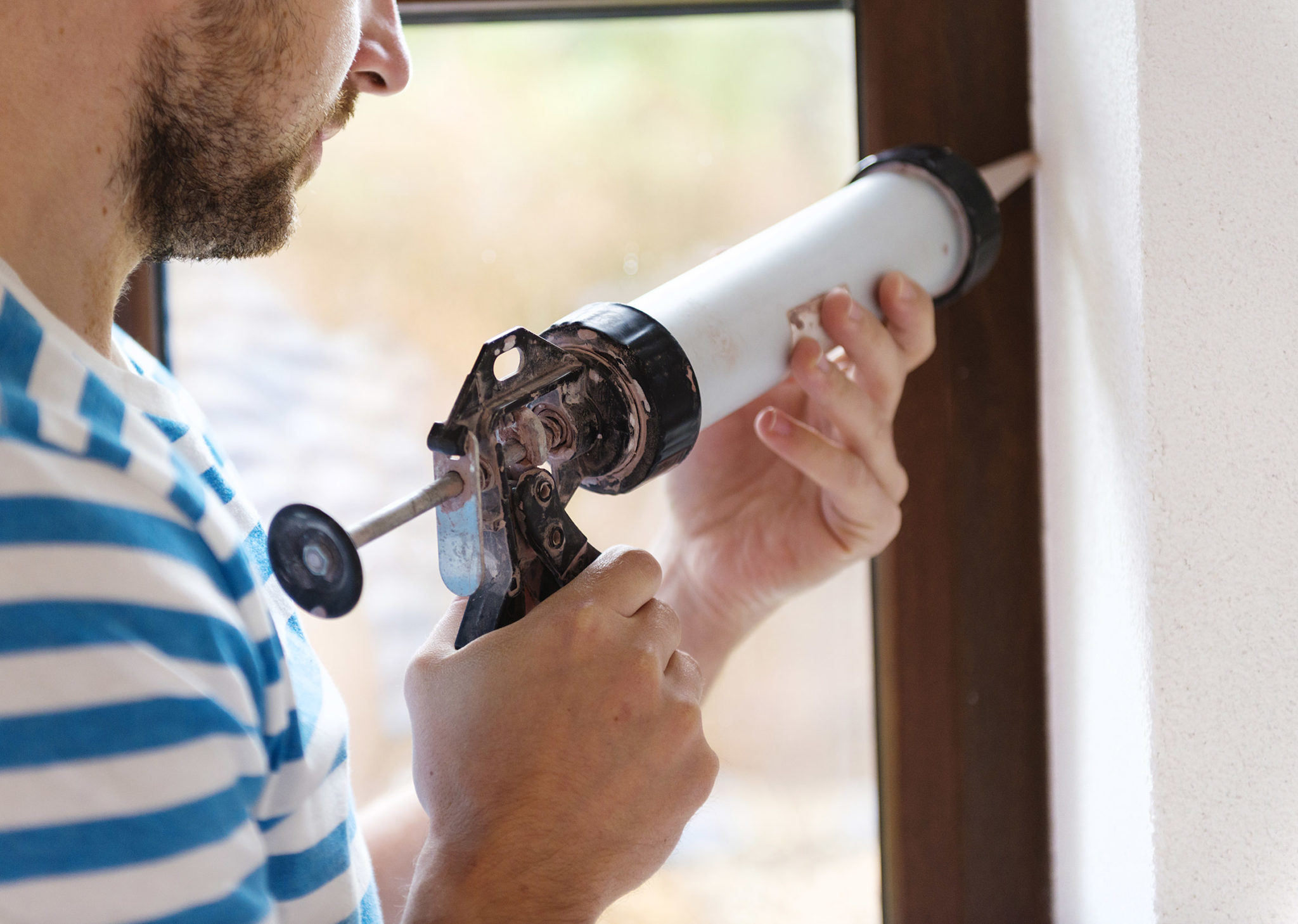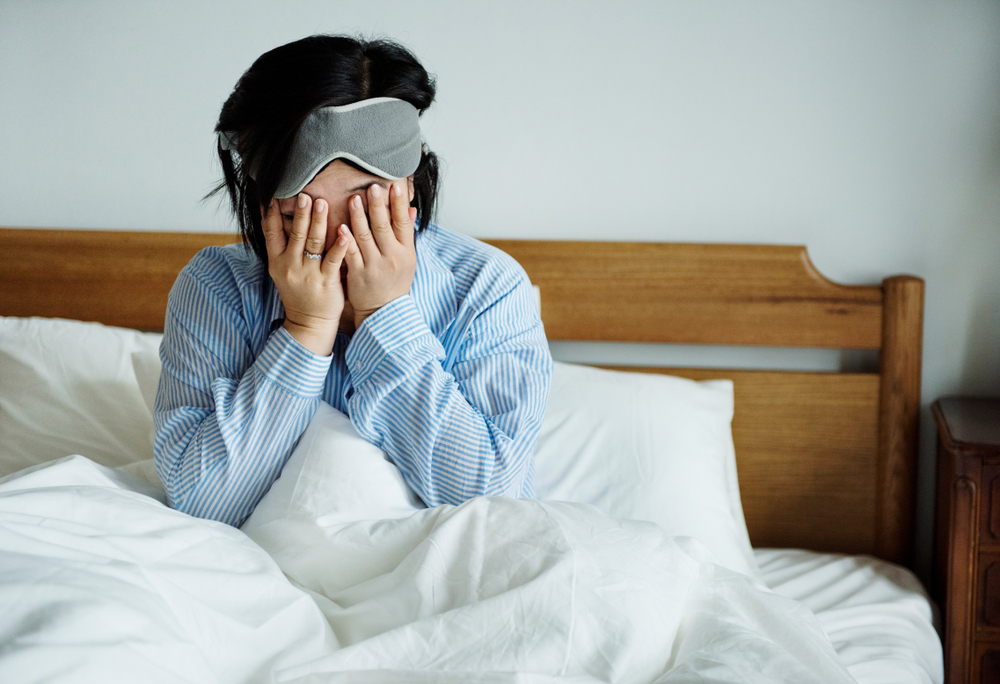“Cleaning” your kitchen sponge sufficiently enough to get rid of ALL of the bacteria is a very tall order.
“Stop. Drop the sponge and step away from the microwave.” That was the intro to a recent New York Times article that cautioned readers against relying on the microwave to kill all the bacteria living on their kitchen sponge. A study recently published in Scientific Reports suggests that microwaving your sponge, “may nuke the weak ones, but the strongest, smelliest and potentially pathogenic bacteria will survive, reproduce and occupy the vacant real estate…and your sponge will just be stinkier and nastier and you may come to regret having not just tossed it.”
Given what you do with your kitchen sponge it isn’t surprising that they are teeming with bacteria – around 82 billion bacteria from 362 different species per cubic inch of space, according to scientists. For reference, that is about the same density of bacteria that you’d find in a human stool sample. While the actual health risk posed by the bacteria in sponges is hard to assess, the odor that comes from sponges is easier. For the record, the odor is the result of the bacterium’s metabolism. It eats fat. It excretes fat. And that fatty excrement stinks.
An off-odor coming from your sponge is probably your cue to try disinfecting it by tossing it the microwave, laundry or dishwasher, soaking it in vinegar or other cleaning solutions, or putting it a pot of boiling water. Unfortunately, researchers discovered more of the potentially pathogenic bacteria, like Moraxella osloensis, on the sponges collected from people who said they routinely disinfected them. Though some studies do find microwaving and running through the dishwasher to be effective methods of disinfection, the results come down to heat, time, and steam which can vary wildly among appliances. So some dishwashers will be effective, some won’t. As bacteria are microscopic, you won’t be able to tell how effective yours is.
Rather than trying to clean your sponge, replace it – weekly. If you must reuse, researchers suggest running it through a laundry machine at the hottest setting using a powder detergent and bleach and then use it somewhere other than the kitchen that is less hygiene-sensitive, like the bathroom.
So do you need a sponge? Is there an alternative?
While there are lots of “solutions” on the market — including bacteria-killing baths for sponges, water-repellent surfaces or antimicrobial material, but without peer-reviewed scientific studies, it’s difficult to evaluate their effectiveness. Consider swapping sponges for brushes (less surface area for bacteria to hide, less absorbent), paper towels (disposable), or cloths (washed more often.)
Keeping your sponge “healthy” is important. Keeping the air in your house healthy is just as important.
For additional information:
https://www.nytimes.com/2017/08/04/science/sponges-bacteria-microwaving-cleaning.html
https://www.nytimes.com/2017/08/11/science/sponges-dirty-bacteria-contamination.html
Hayward Score helps you discover how your home may be impacting your health in minutes – – for FREE!
Answer a quick set of questions then get a personalized list of action items. Transform your home and health today!

ARE YOU CONCERNED YOUR HOME IS MAKING YOU SICK?
Our guide on indoor quality will help you diagnose possible issues and implement intelligent solutions to improve the quality of the air inside your home.















